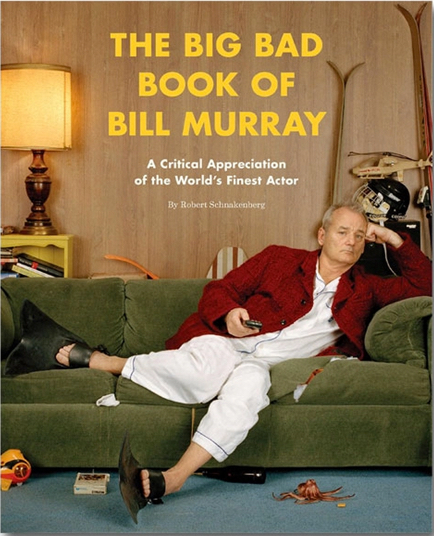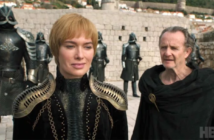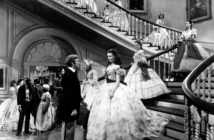Bill Murray seems to be everywhere these days–or at least he seems capable of turning up anywhere at any time. According to a widely disseminated urban legend, he’s liable to pop up behind you as you’re reading this. He’ll put his hands over your eyes, or give you a noogie, then whisper that “no one will every believe you” if you try to tell them what you’ve seen. He’s like a mischievous Keyser Söze
.
There are websites devoted to chronicling Murray’s sudden public apparitions–from sandlot kickball games to drunken bachelor parties–and entire Twitter accounts made up of impromptu photographs taken with him in airport lounges, hotel lobbies, and minor league baseball stadiums. It’s hard to remember a time when he was just a famous actor and not the world’s most celebrated gatecrasher.
Yet for all his ubiquity, we know very little about the real Bill Murray. Like Lewis Carroll’s elusive Snark
, his true nature remains shrouded in mystery. Although he’s been an internationally recognized star for more than 30 years, no one has tried to publish a book-length biography about him. Murray’s own 1999 memoir, Cinderella Story
, was written with tongue planted firmly in cheek. It is a rough roadmap to his early life, but it’s hardly comprehensive. And God help the humble researcher trying to arrange an interview with him. Murray stays zealously cloaked behind his fabled 800 number, which restricts telephone access to a few close friends and Hollywood insiders. And somewhat surprisingly, considering we live in a world where mostly everything has been leaked and made public, no one is giving up the digits.
The Big Bad Book of Bill Murray is the closest we may ever come to a written record of “The Murricane’s” life, career and philosophy. Using insights derived from published accounts and Murray’s own on-the-record utterances dating back to the mid-1970s, the author tries to create a complete contextualized picture of the man, his work and his unique approach to life. Murray’s friends that were interviewed for the book all seem to portray him as the same rumpled, wisecracking rapscallion with an impish gleam in his eye. The guy whose bear hugs and bawdy jokes enliven any party he deigns to crash. Saturday Night Live
‘s Tom Schiller
likened him to a Buddhist
trickster figure, a reincarnated peripatetic monk who uses humor to awaken and enlighten. “These kinds of masters come around only once every thousand years,” Schiller says.




